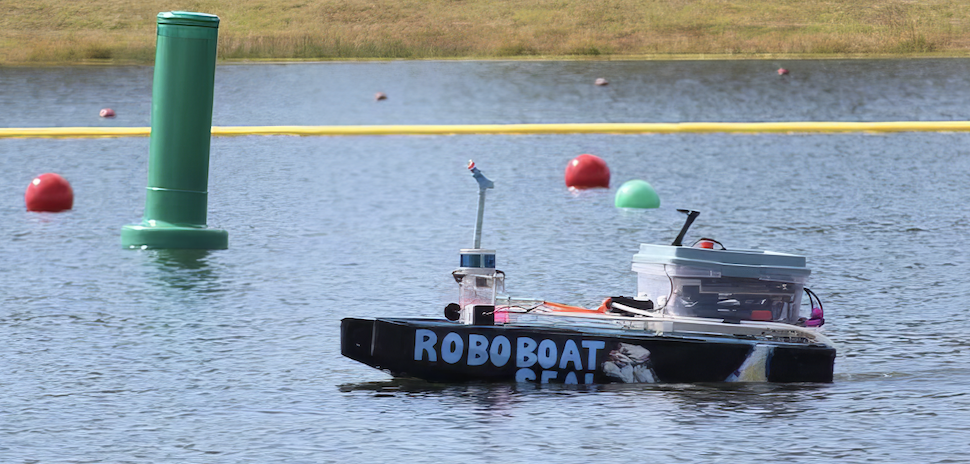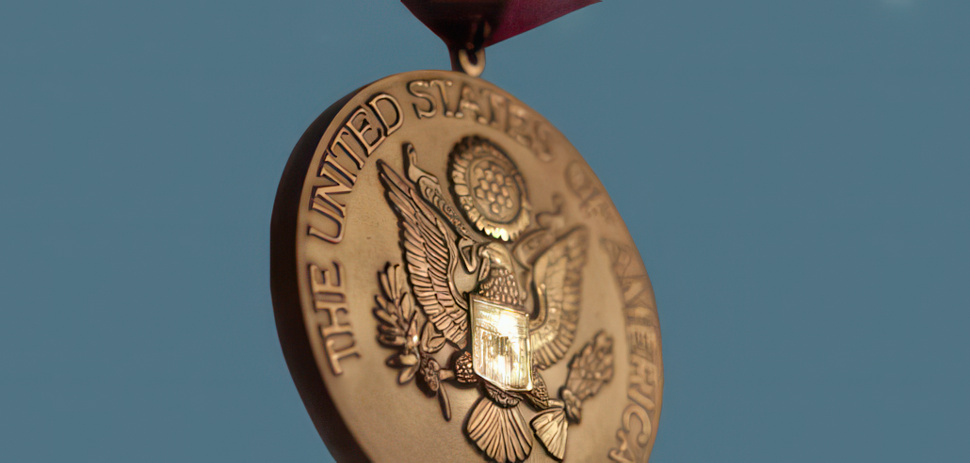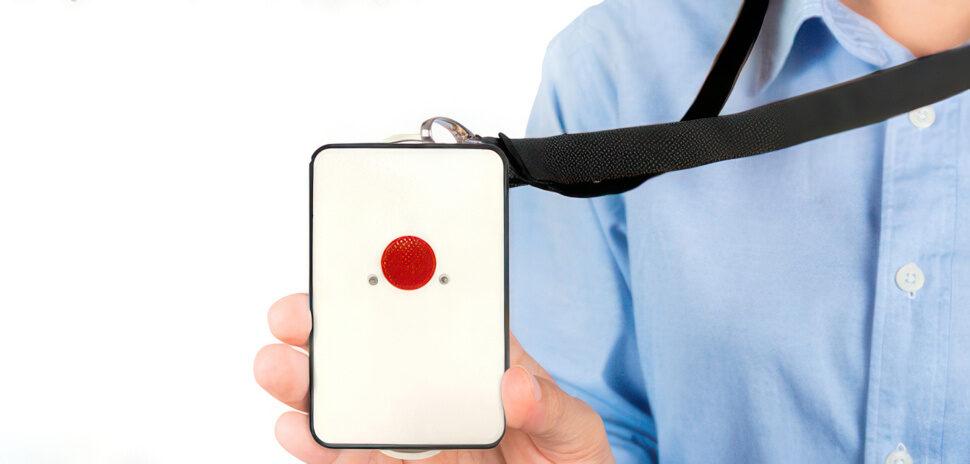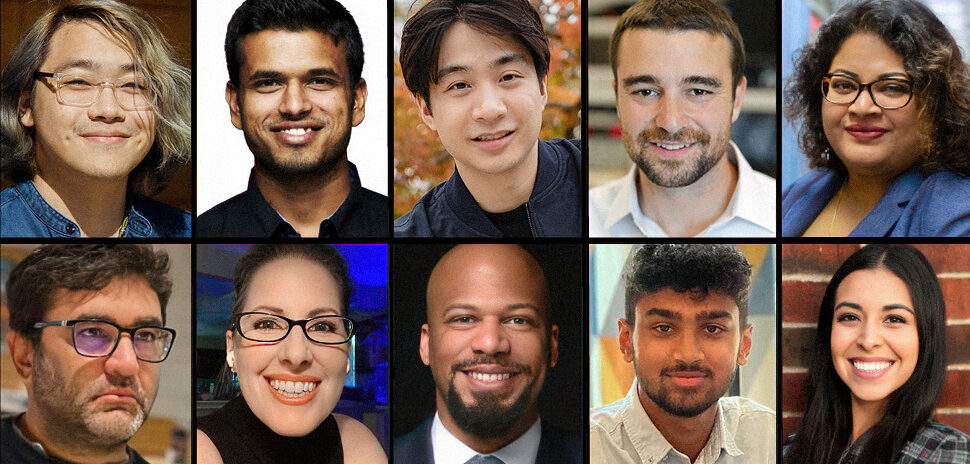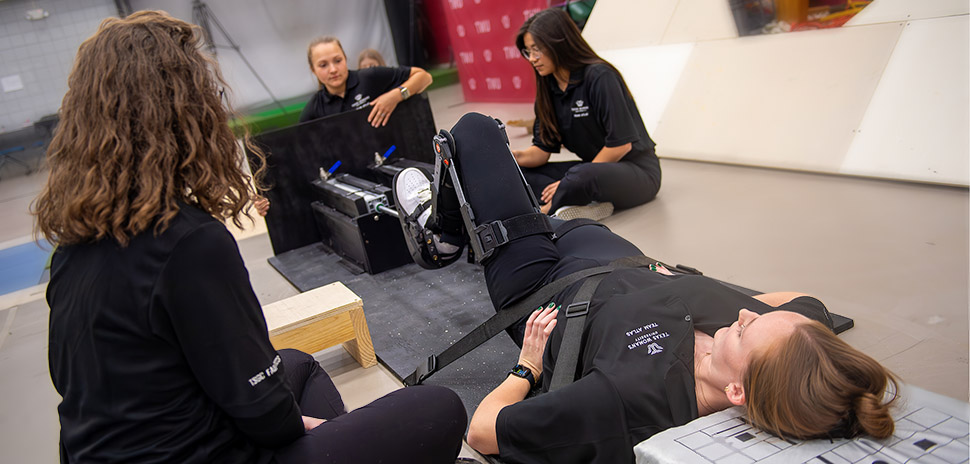“It’s kind of a whiplash feeling, realizing we are that good.”
Hudson Nguyen
Senior at Arlington’s James Martin High School and member of the MHS Seals robot boat team
.…on being part of the only high school team to compete at the 17th Annual International RoboBoat competition in Florida last month, via WFAA.
![]()
Last month in Sarasota, Florida, the 17th Annual International RoboBoat competition featured 15 university teams from the U.S. Canada, Indonesia, Mexico, Poland, Turkey—and a single high school team from right here in North Texas: the Arlington Martin High School Seals (short for science, engineering, autonomous, learning).
While the Arlington team didn’t finish on top, their robot boat still made waves—beating out other top teams including the U.S. Coast Guard Academy, Cornell University, Georgia Tech, and more.
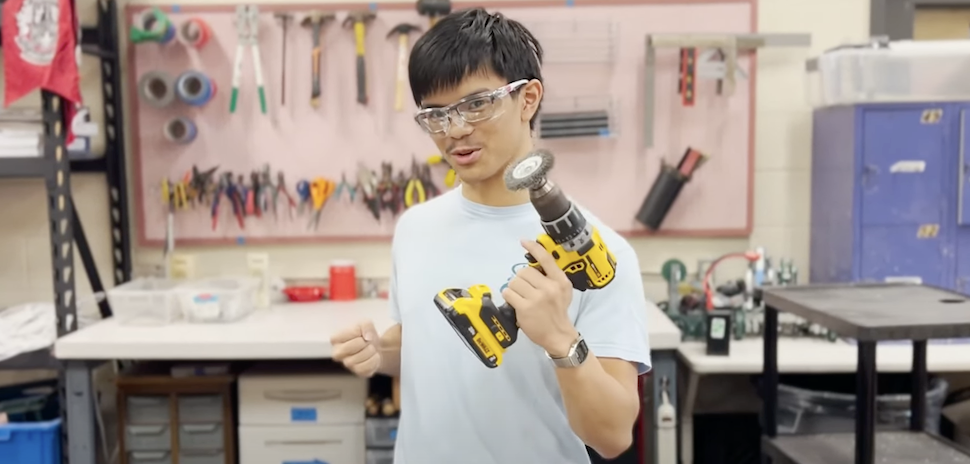
Hudson Nguyen of the MHS Seals RoboBoat team [Video still: MHS Seals]
“So many times throughout the competition, we had these college teams come up to us and ask for help,” team captain Karmen Chandler told WFAA’s Sean Giggy.
On the Seals’ website, you can watch a video tracking the team’s year-long preparation for the event.
“Our mission is to create an autonomous boat through collaboration, active problem solving, and some elbow grease,” Hudson Nguyen says in the MHS Seals video.
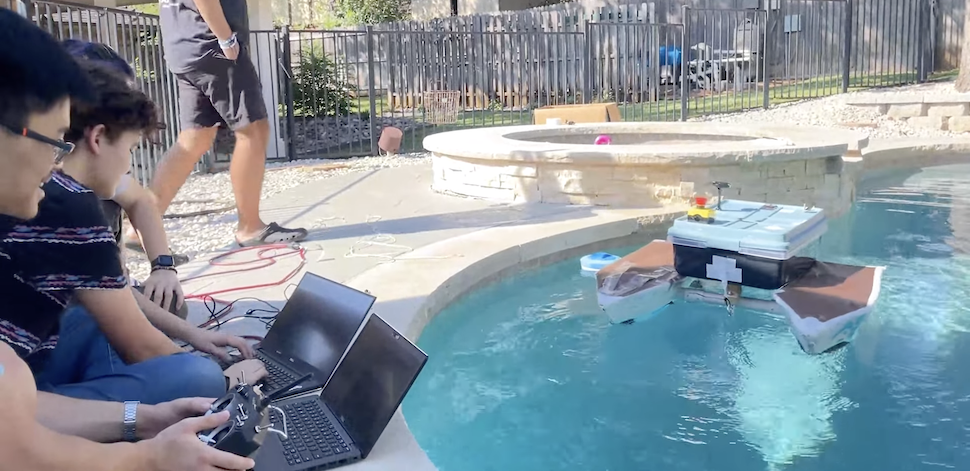
The MHS Seals team testing an early version of their RoboBoat [Video still: MHS Seals]
The team’s four committees—engineering, electrical engineering, computer science, and marketing—worked year-round to develop their team identity and build their “autonomous surface vehicle.”
“The other engineering captains and I took the initiative to design and construct our boat from the ground up,” a team member named Christopher says in the MHS Seals video. “During the school year, we led a group of underclassmen to learn from our expertise to apply their newfound knowledge to create the more robotic aspects of our boat, like the Duck Wash and the Collection Octagon task. The technical intricacies of our boat manufacturing process consist of creating a skeletal design made of wood to simulate a spine and ribs, creating the overall structure of our hulls. We then wrapped the structure with layers of cloth to apply fiberglass, bondo filler, and paint.”
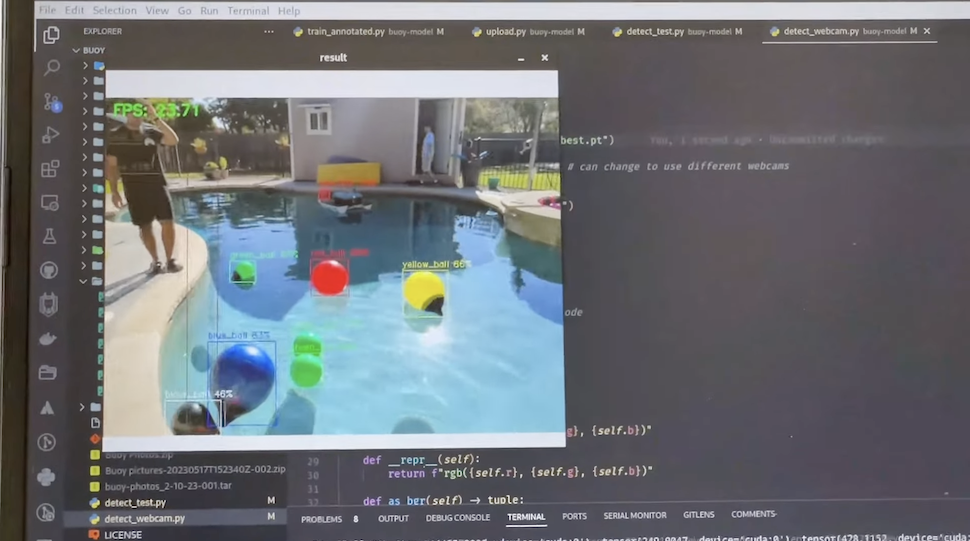
The MHS Seals used machine learning, LIDAR, and a depth camera on their RoboBoat. [Video still: MHS Seals]
The team’s electrical system was divided into two sections: one focused on powering the boat’s thrusters, and one focused on powering the computers, sensors, and cameras used on the boat.
“As for the CompSci team, this year we implemented a machine learning model that detects buoys, a LIDAR sensor and depth camera that takes in input from the surroundings, and the ROS operating system to manage the overarching processes,” a team member named Emilio says in the MHS Seals video.
All that preparation paid off with an astonishing showing for a bunch of local high schoolers facing top college teams from as far away as Istanbul Technical University and Indonesia’s Universitas Sebelas Maret.
For more on the team’s experience, watch the WFAA news report here.
For more of who said what about all things North Texas, check out Every Last Word.
![]()
Get on the list.
Dallas Innovates, every day.
Sign up to keep your eye on what’s new and next in Dallas-Fort Worth, every day.

